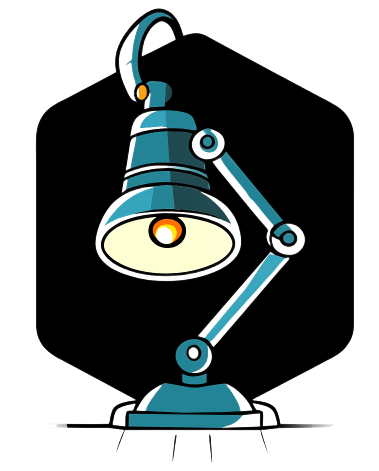UML2 Tools Plugin
To find the UML2 Tools plugin, follow these steps:
- Go to the Modeling category.
- Look for the UML2 Tools SDK component.
UML Introduction
The UML (Unified Modeling Language) is a visual modeling language designed to provide a common language for the architecture, design, and implementation of complex software systems. It focuses on both structural and behavioral aspects.
Representing Classes in UML
To represent a class using UML, use lines to represent relationships between classes, instances, or components in a class diagram. UML requires the use of multiple lines or arrows to represent various functions and relationships. In this case, a dashed arrow with an open tip is used to connect a class to the desired interface.
Purpose of Class Diagrams
Class diagrams are one of the types of diagrams that can be displayed in a UML model. They describe various types of entities, their characteristics, and any relationships between these types.
Representing Classes
A rectangle represents a class in UML. By convention, the class name appears near the top of the rectangle and starts with a capital letter.
Writing Use Cases
Elements in use cases include:
- Brief description: A short explanation of the use case.
- Actor: The participants in the use case.
- Preconditions: Conditions that must be met before the use case starts.
- Basic Flow: The normal workflow in the system, also known as the "base flow" or "main scenario."
Understanding Use Cases
The term "use case" refers to a set of interactions between a user and a system that allow the user to achieve a goal or perform a task.
Purpose of Use Case Diagrams
Use case diagrams are a type of behavioral UML diagram that is often used to analyze a variety of systems. They allow for the visualization of the various roles present in a system and how these roles interact with the system as a whole.
Non-Functional Requirements
Non-functional requirements are software characteristics that the client does not explicitly request but have a significant impact on the work of developers. They describe how the system performs certain tasks, rather than what tasks it performs.
Defining Requirements
A requirement, derived from the Latin word "requisitus" meaning required, is a quality that is requested or desired for a product. The goal of a requirements document is to provide an organized description of all desired properties.
